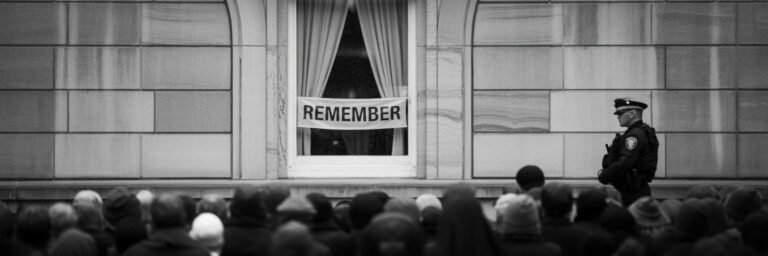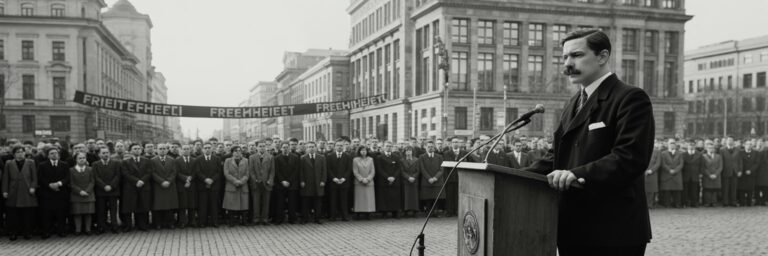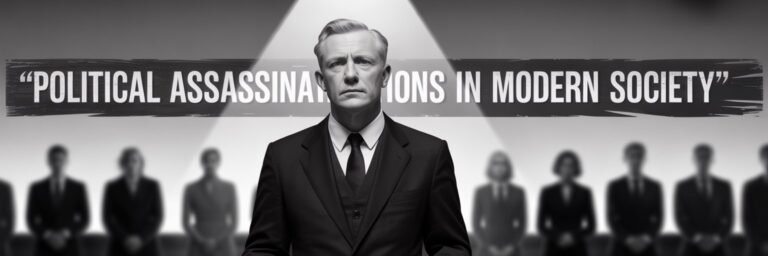INTRODUCTION
Political assassinations have ridden the ebb and flow of human history, emerging from shadows and receding back into them based on the state of world affairs at any given time. These acts, be they furtive strikes or public displays, have been utilized for a variety of reasons – to create chaos, enforce change, suppress opposition, or pursue personal vendettas – their impact etches deep into the societal fabric. The rise and fall of political assassinations offer a dialogue with history themselves, revealing insights into the cultures, conflicts, and ideologies of various eras.
HISTORICAL BACKGROUND
Political assassinations are practically as old as recorded history. The first known case dates back to 465 BC, when the Persian King Xerxes I was murdered by Artabanus, one of his Court officials. Tales of other assassinations abound in Roman and Byzantine empires, where it was often a tool for political ascension. But perhaps, the best-known assassination remains the one of Julius Caesar in 44 BC, a tale of treachery and ambition, underscoring the lethal underbelly of politics.
The Middle Ages saw political assassinations take on a religious tone, with infamous groups such as the Hashshashin deploying it as a tactic warfare. The Renaissance period, though painted with art and culture, was equally stained with blood, as is evident in the Pazzi conspiracy against the Medici family in 1478.
Fast forward to recent centuries, the Lincoln assassination (1865) during the American Civil War, or the assassination of Archduke Franz Ferdinand (1914) that lit the fuse for World War I, remind us that these covert operations extend far beyond personal vendettas and can trigger large-scale ruptures.
THEORIES AND INTERPRETATIONS
Several theories on political assassinations have been posited by sociologists and political scientists over the centuries. One mainstream interpretation likens it to a form of ‘traumatic communication’, an act so heinous it shocks the psyche of modern societies. This perspective, proposed by Prof. Jacques Semelin, likens political assassinations to ‘murderous theatre’.
Alternative theories stretch wider. The infamous ‘Deep State’ argument postulates that hidden networks within political systems orchestrate these assassinations. Given the controversial nature of this theory and the lack of concrete evidence, it remains largely confined to the peripheries of political discourse.
Prof. Emeritus James W. Clarke offered another view by linking assassination trends to societal unrest and psychological factors — a theory supported by the wave of political assassinations within the United States during the 1960s and 1970s.
MYSTERIES AND CONTROVERSIES
Political assassinations are often shrouded in mystery, sparking controversies that last for decades. The JFK assassination (1963) stirred a hornet’s nest of conspiracy theories — the ‘second gunman’, the alleged role of the CIA or Mafia, that persist to this day despite the Warren Commission’s official report.
Equally shrouded in controversy is the death of Swedish PM Olof Palme (1986). Despite Christer Pettersson’s acquittal and the recent accusation of Stig Engström, true clarity is yet to prevail.
SYMBOLISM AND CULTURAL SIGNIFICANCE
Political assassinations remain etched in public memory due to their cultural significance, their shock value and how they symbolize broader political trends. The assassination of socialist French leader Jean Jaurès on the eve of WWI epitomizes the tragic failure of diplomacy while Martin Luther King Jr.’s death (1968) symbolizes the struggle for civil rights and is a poignant reminder of the cost of racial equality.
MODERN INVESTIGATIONS
Technological advancements have revolutionized investigations into political assassinations. Forensic science, digital surveillance, and data analysis play leading roles today. The progress is palpable in the investigations into the assassinations of Benazir Bhutto (Pakistani PM, 2007) and Boris Nemtsov (Russian opposition leader, 2015). While modern techniques bring greater precision, they too often face critique for invasions of privacy, reflecting the fine line investigators tread between uncovering truth and respecting individual rights.
LEGACY AND CONCLUSION
The history of political assassinations echoes with infamous names and bloody acts. But, it also resonates with monumental changes, shifts in power, and revolutions. They impact national laws, birth social movements, disrupt worlds, and seed lasting fear. Though these acts of violence are often politically motivated and power-centric, they inadvertently expose raw societal fault lines.
Today, world needs leaders who foster open dialogue, contribute to demystifying politics and deemphasize the legacy of the bullet. Political assassinations, for all their historic regularity, do not define a democracy. They are painful reminders of our fallibility, not blueprints for our future progress.






